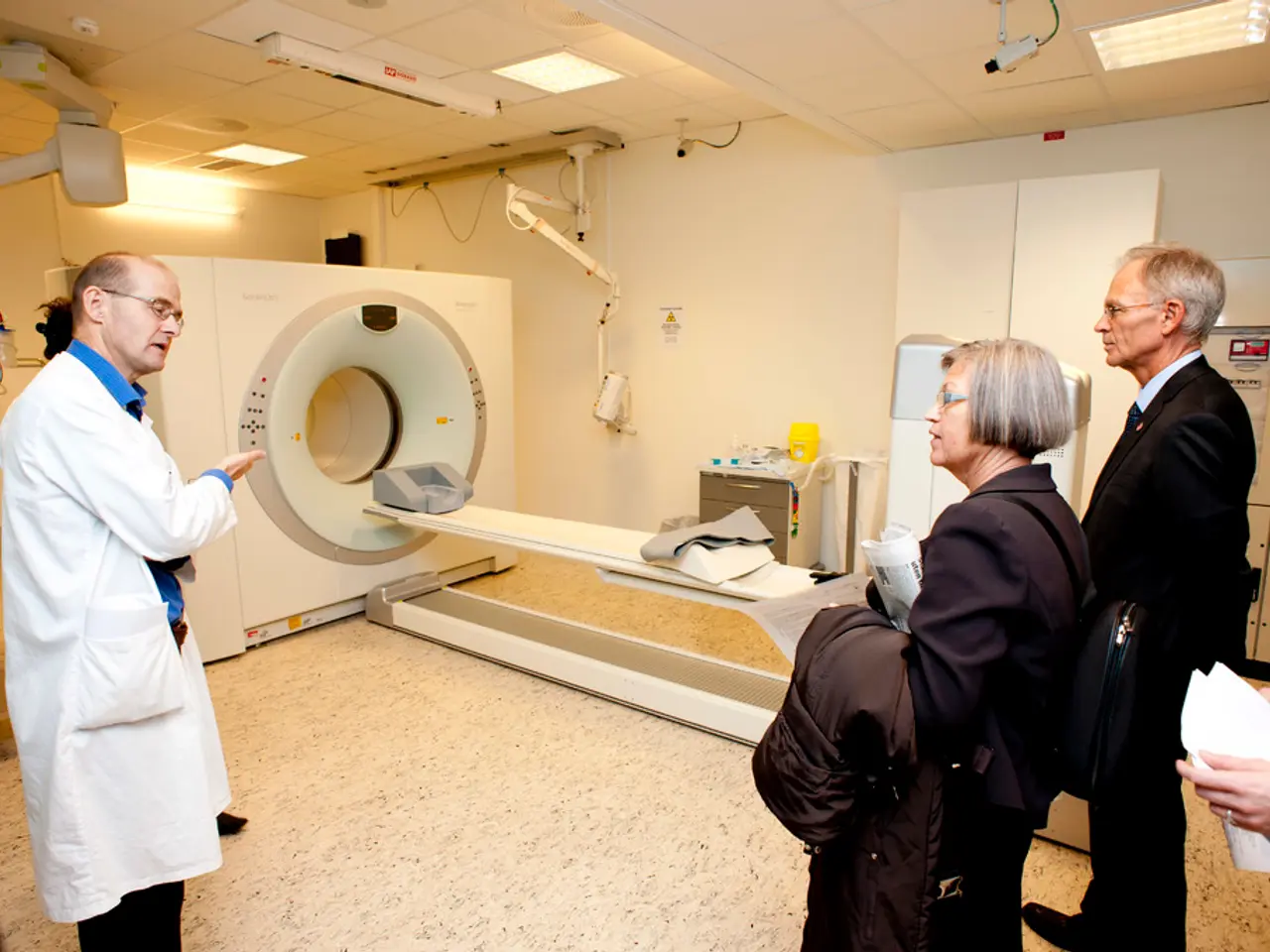Impacts of practice consolidation on costs of radiology services
In a recent study published in the Journal of the American College of Radiology on September 2, 2023, researchers led by Mihir Khunte, MD, of Warren Alpert School of Medicine of Brown University in Providence, RI, investigated the comparison of commercial insurance-negotiated prices for imaging services by practice type.
The study analysed data from 24,783 radiologists in the U.S., categorising them by ownership type using PitchBook data. The findings revealed that hospital-employed radiologists have prices for radiologic services that are 43% higher compared to independent radiologists (p < 0.001). Similarly, prices for PE-affiliated practices are 15.9% higher than those for independent practices (p < 0.001).
The study also found that hospital-based radiologists command the highest fees compared to independent and PE-affiliated radiology practices. As of 2022, 44% of the radiologists were associated with independent private practices, 41% were hospital-based, and 11% were PE-employed.
Interestingly, states with higher hospital affiliation rates tend to have lower PE-affiliated rates. Alaska, Arizona, and Nevada have the highest proportions of radiologists in PE-acquired practices. Conversely, North Dakota and South Dakota have the highest proportion of hospital-employed radiologists.
Differences in imaging services fees may have long-term implications for patient care and health care costs. If consolidation continues to drive price increases without clear improvements in quality or efficiency, concerns about the sustainability of health care spending will intensify.
The study underscores the competitive challenges independent radiologists may face in negotiating reimbursement rates with insurers. Increased prices for radiologic services may contribute to higher insurance premiums and out-of-pocket costs, potentially limiting access to imaging.
Future research should examine whether higher prices in consolidated practices correspond to improvements in service quality, patient outcomes, or access to advanced imaging technologies. The study concludes by highlighting the need for further research into how these pricing trends affect radiologists, patients, and radiology practices.
For those interested, the complete study can be found at the provided link.








